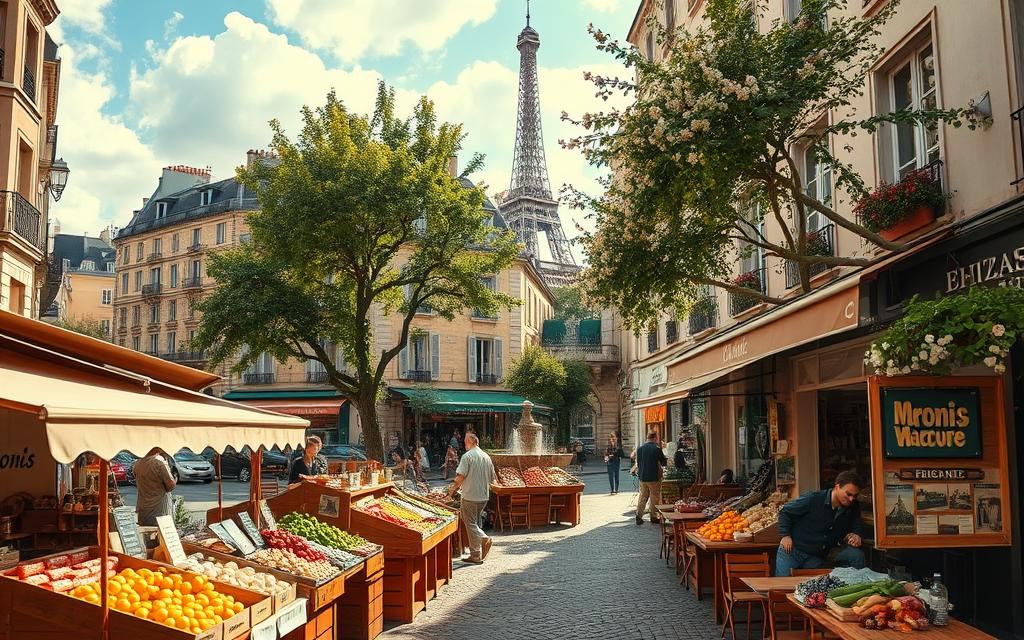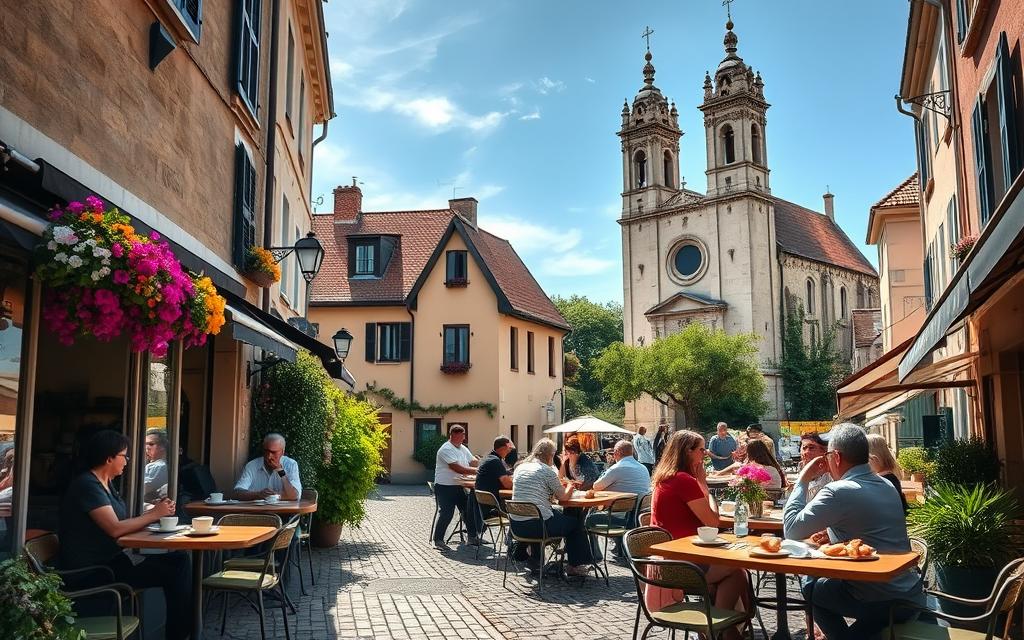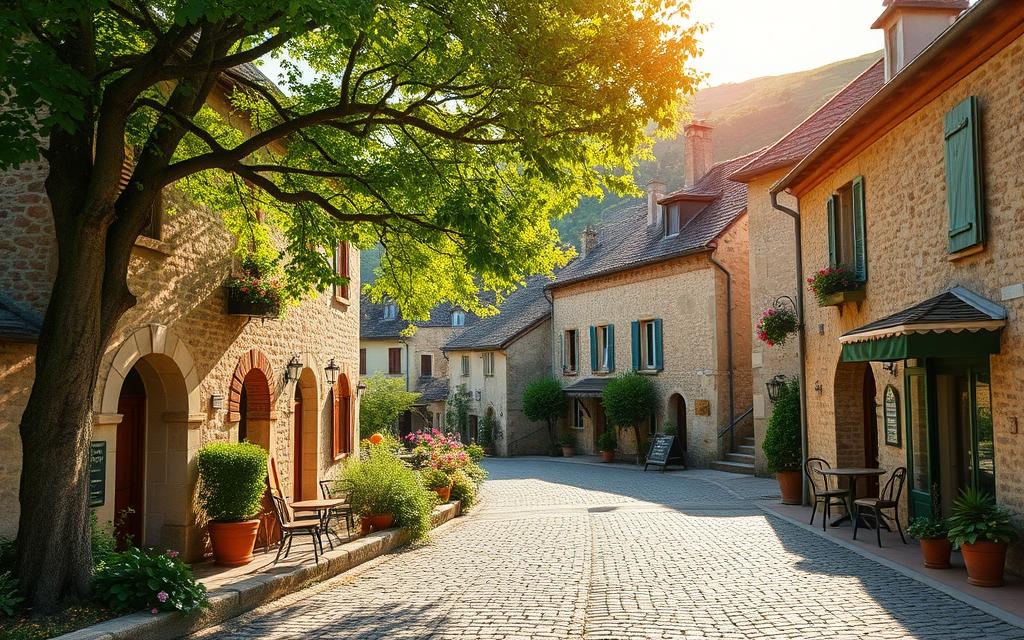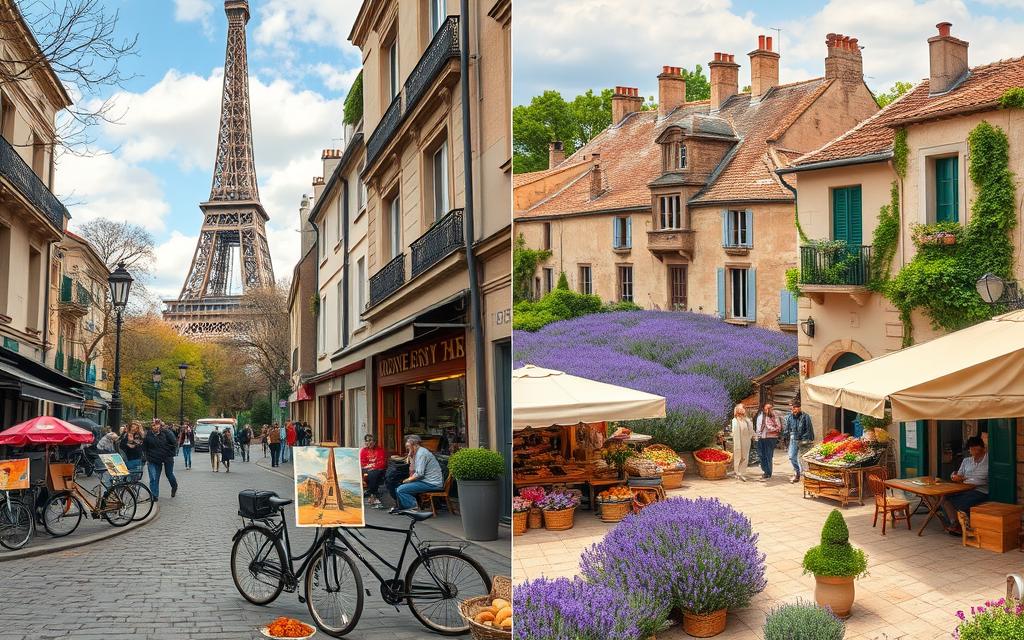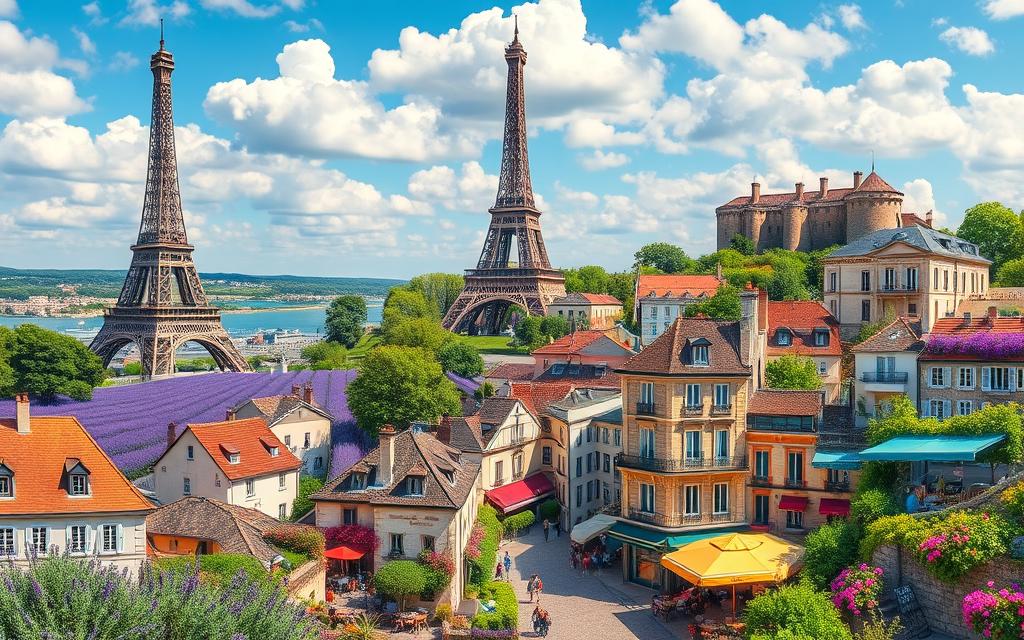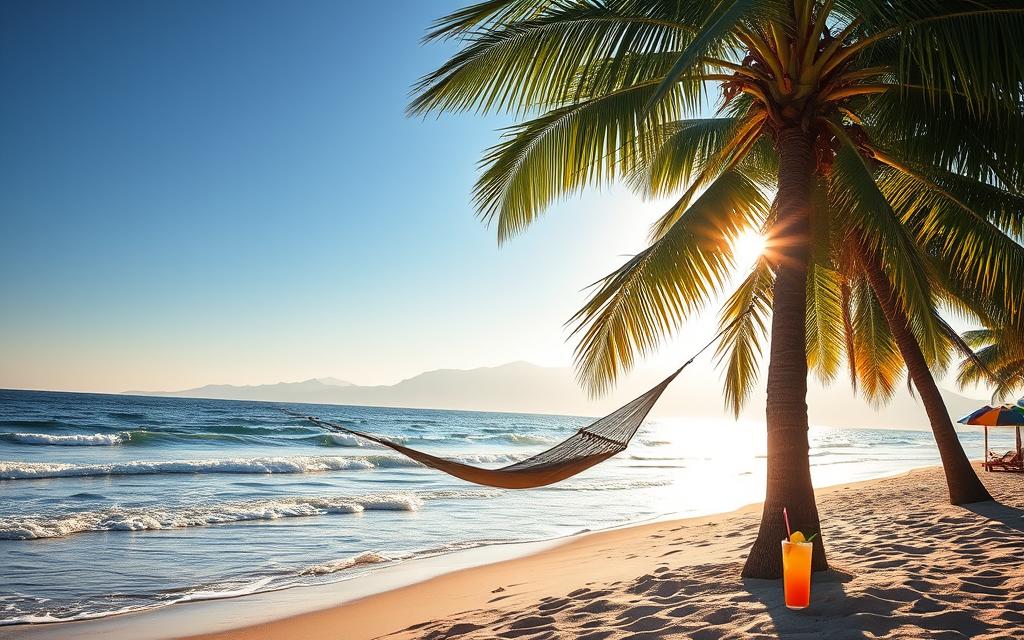When you think of Corsica, picturesque beaches and rugged mountain landscapes likely come to mind.
However, hidden along the island’s western coast lies Corsica’s best-kept secret that often goes unnoticed by mainstream tourism: Scandola Nature Reserve.
We’re about to let you in on the secret!
You’re about to learn why Scandola Nature Reserve deserves a spot on your travel bucket list.
The Marvel That is Scandola Nature Reserve
The Scandola Nature Reserve is a UNESCO World Heritage Site and is a testament to the island’s natural beauty and ecological significance.
It is renowned for its dramatic landscapes which seamlessly blend rocky cliffs, dense forests, and crystal-clear Mediterranean waters.
Its iconic red cliffs, sculpted by centuries of wind and sea erosion, contrast beautifully with the azure sea.
These cliffs create a stunning backdrop for the rich marine life that thrives in the reserve’s waters.
Marine Diversity Beyond Compare
One of the main draws of Scandola is its rich marine biodiversity.
The reserve encompasses both land and sea, making it a sanctuary for various species, including:
- Fish
- Dolphins
- Whales
- Seabirds
- Birds of prey
- Sea turtles
Snorkeling and diving enthusiasts flock to Scandola to explore its underwater treasures, from colorful coral gardens to hidden caves teeming with life.
If you’re lucky, you might even spot a group of playful dolphins dancing through the waves.
Unique Flora and Fauna
Scandola Nature Reserve boasts a diverse array of flora and fauna, some of which are endemic to Corsica and Sardinia.
Among the remarkable wildlife are the rare osprey and the iconic Corsican red deer. Hiking through the reserve’s well-marked trails provides an opportunity to observe these species in their natural habitat.
Keep your camera ready; you never know when you’ll come across a Corsican nuthatch or a peregrine falcon.
Read next
Ospreys
Among the most iconic inhabitants of Scandola are the ospreys.
These majestic birds of prey are often seen soaring above the cliffs and hunting for fish in the clear water below.
The reserve provides a safe haven for ospreys to nest and thrive, making it a fantastic destination for birdwatching.
Corsican Red Deer
The Corsican red deer, also known as “Cervus elaphus corsicanus,” is a subspecies of red deer native to the island.
These magnificent creatures roam freely within the reserve’s rugged terrain.
Observing them in their natural habitat is a rare and memorable experience, especially during the mating season when their distinctive calls echo through the hills.
Peregrine Falcons
Scandola Nature Reserve is also home to peregrine falcons, some of the world’s fastest birds.
These skilled hunters nest among the cliffs and put on awe-inspiring aerial displays as they hunt for prey. Witnessing a peregrine falcon in action is a thrilling sight for any bird enthusiast.
Marine Life
Beneath the shimmering surface of the Mediterranean Sea surrounding Scandola, a hidden world of marine life thrives.
The reserve is known for its vibrant coral reefs, home to an array of color fish species.
Snorkelers and divers can explore these underwater ecosystems and encounter groupers, damselfish, sea bream and more besides.
Dolphins and Whales
Scandola’s warm waters are frequented by several species of dolphins including common dolphins and bottlenose dolphins.
Lucky visitors may witness the playful creatures leaping and riding the bow waves of boats.
Additionally, the reserve is part of the migratory route for various whale species, offering beady-eyed onlookers the chance of spotting sperm whales and fin whales.
Marine Turtles
Scandola is a vital habitat for endangered loggerhead sea turtles.
These gentle giants visit the reserve’s waters to feed and rest. Conservation efforts in the area are crucial for protecting these remarkable creatures.
A Geological Wonderland
The reserve’s geological formations are nothing short of spectacular.
The red cliffs, forged from volcanic activity millions of years ago, have been sculpted into fantastical shapes by the relentless forces of wind and water.
The result is a landscape that feels otherworldly, offering endless photo opportunities and a sense of awe that is hard to put into words.
Scandola’s geological history is a fascinating, millions-of-years-old story. It can be traced back to volcanic activity that occurred 230 million years ago during the Mesozoic Era.
This activity laid the foundation for the formation of the rugged terrain that we see in the reserve today.
Granite and Red Porphyry
The predominant rock types in Scandola are granite and red porphyry, formed from molten lava that cooled and solidified beneath the Earth’s surface.
Over time, erosion and weathering processes exposed these rocks, creating the dramatic cliffs and rock formations that characterize Scandola’s coastline.
Wind and Water Sculpture
Perhaps the most remarkable aspect of Scandola’s geology is the incredible sculpting work done by natural forces.
Over millions of years, the relentless forces of wind and water have chiseled away at the rock, creating intricate and often surreal shapes.
The forces have hollowed out caves, arches and narrow crevices along the coastline, providing a visually stunning and ever-evolving landscape.
Red Cliffs
The famous red cliffs of Scandola are a result of the iron-rich minerals present in the rocks.
The combination of iron oxide and other minerals gives the cliffs their distinctive crimson hue. Rising dramatically from the sea, there’s a stark contrast to the blue sea below.
Preservation and Sustainability
Scandola Nature Reserve is not just a tourist destination; it’s a testament to Corsica’s commitment to preserving its natural heritage.
Strict conservation measures are in place to protect the delicate ecosystems within the reserve.
Visitors are encouraged to explore responsibly and leave no trace, ensuring that this remarkable place can be enjoyed by future generations.
Visiting Scandola Nature Reserve
Access to Scandola is limited to protect its fragile ecosystem.
You can explore the reserve by boat tours that depart from nearby towns like Porto or Ile Rousse, or by taking guided hiking trails.
The best time to visit is during the spring and early summer when the weather is pleasant, and the wildlife is most active.
Final Thoughts on Scandola Nature Reserve
Scandola Nature Reserve is more than just a beautiful destination; it’s a living testament to the natural wonders of Corsica. Scandola will captivate your heart and soul.
So, once you’ve booked your flights, add this hidden gem to your travel itinerary, and prepare to be enchanted by its breathtaking beauty.
- France on a Budget: Affordable Gems and Costly Pitfalls to Avoid
- Ten Traveller Stories of France’s Best-Kept Secrets and Beware-Worthy Spots
- How to Experience France Like a Local: Beyond the Tourist Hotspots
- 11 Hidden French Places that even Locals Love and 5 to Avoid
- Best vs Worst French Places: A Cultural Guide for First-Time Visitors
- Master the Art of Travelling France: Insights on Must-Visit Spots

